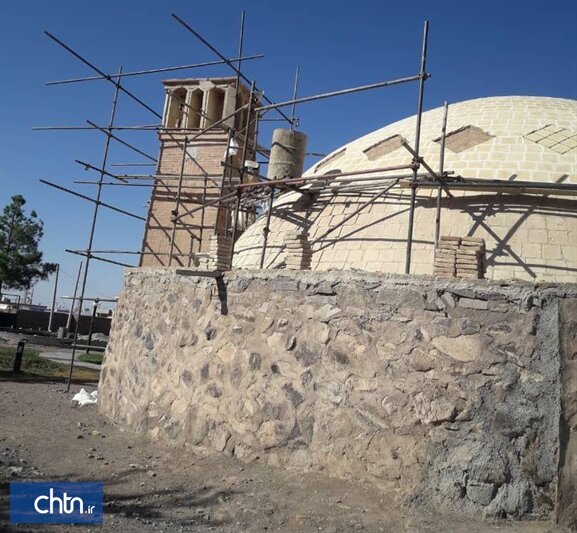400-year-old cistern restored in Isfahan

TEHRAN - The historical Tudeshk cistern, a vast subterranean reservoir for storing water in Isfahan province, has been fully restored and is ready to be toured by visitors, researchers, and architecture enthusiasts.
“Restoration work of this historical reservoir, which dates from some 400 years ago, was carried out with the participation of Tudeshk municipality with a credit of 500 million rials (some $12000 at the official rate of 42,000 rials per dollar) from the municipal credit and under its supervision,” a local tourism official said on Monday.
“The restoration project concerned repairing the walls, wind towers, fixing the bricks, repairing and replacing worn bricks, as well as landscaping for the area surrounding the historic complex.”
The restoration project took three months to be accomplished, the official added.
Constructed in the Safavid era (1501–1736), the cistern is named after Tudeshk, and ancient town in Kuhpayeh district of the central Iranian province.
Locally named an Ab-Anbar, such underground reservoirs are part of the iconic qanat systems, which rely on snow-fed streams flowing down from surrounding mountains. For thousands of years, qanat systems have supplied water to agricultural and permanent settlements in arid regions of Iran, tapping alluvial aquifers at the heads of valleys and conducting the water along underground tunnels by gravity, often over many kilometers.
The concept of “Persian Qanat” was registered on the UNESCO World Heritage list in 2016, representing a selection of eleven aqueducts across Iran. Qanats, according to UNESCO, provide exceptional testimony to cultural traditions and civilizations in desert areas with an arid climate.
AFM/MG
Leave a Comment